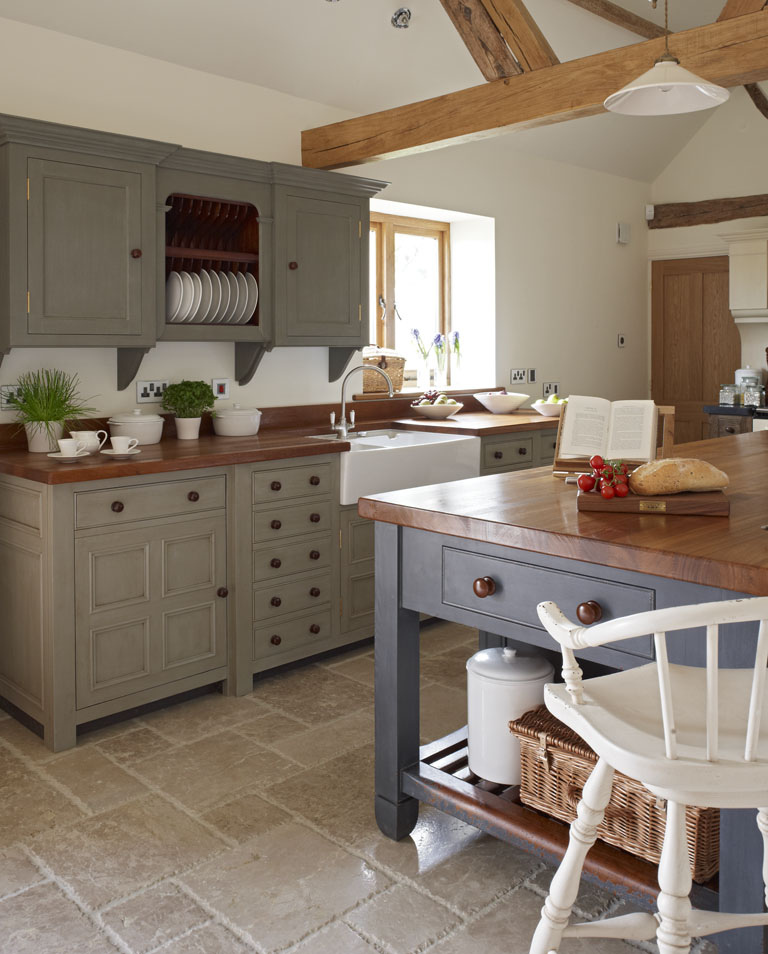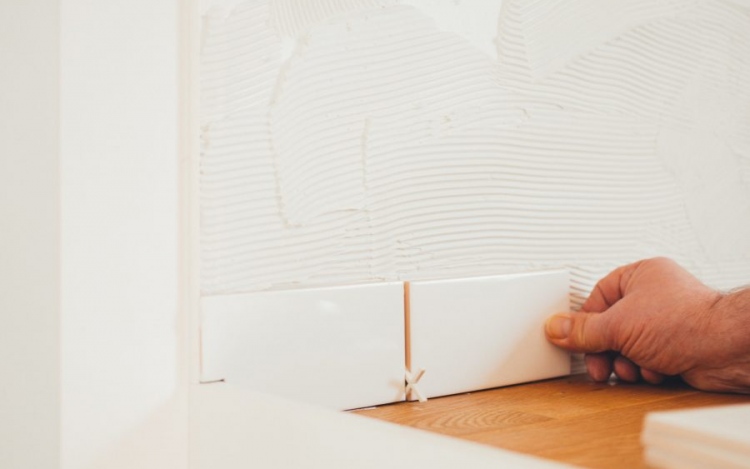So you have finally decided what kitchen floor tiles you are going for! However, there is more to it than simply choosing tiles when it comes to the floor – you need to prepare your floor too. By doing so, it will be much easier to maintain the tiles. If you wonder what you need to do to prepare your floor for tiling, here is some advice from Tile Monkey.
Have The Floor Ready
To get your floor ready, it’s really important that you know which the base material you are going to install the tiles on.
If this base is old tiles, you need to start by cleaning them and eliminating any debris or dust before you apply a layer of tile primer. Afterwards you can install the new tiles on top of the old ones. This is only possible on the condition the base tiles haven’t got bevelled edges or a raised surface. Put simply, you will only be able to use this method if your old tiles are flat ones.

If what you have is concrete, you need to sweep it and check the surface is even and level. If it is not, you need to use a self-levelling compound in order to have a perfect base. Afterwards, you will need to prime concrete floors with acrylic primer and then you will be able to lay the tiles on top.
If your base consists of floorboards, you need to be aware that it is not possible to lay tiles directly on top of the floorboards. Tiles are too heavy for floorboards, so their weight would be unsupported. You instead need to reinforce the floor, and it is very recommended to do this with a layer of exterior grade plywood. To do it correctly, you need to make sure that the joints of the plywood and the joints of the original floor are not in line with each other – this will help create a stronger structure on which to lay down your tiles.
Where Should You Start?
Once you have the base ready, you can start tiling, but it is important where you start from too. You should start from the centre of the room, in this case the kitchen. Starting from the outside could mean you end up with an asymmetrical look. You need to start from the centre and work your way out. If you don’t know how to find the centre of the room, measure one wall and mark the midpoint, and repeat the operation on the opposite the wall. Then, mark where the two points meet by creating a line down the centre of the room, and do the same with the other two walls in the room – you will then have found the centre where the two lines meet.
Finally, Lay Your Tiles!
Once you have found the centre, start from there and dry lay the tiles on the floor, this helps you to make sure that the tiles fit correctly, as well as work with the style and design. It also gives you the opportunity to cut some tiles if you need to do so before they are permanently installed.
So there you have it! As you can see, it is not that difficult, but it is important that you do it carefully in order to have a perfect floor!




